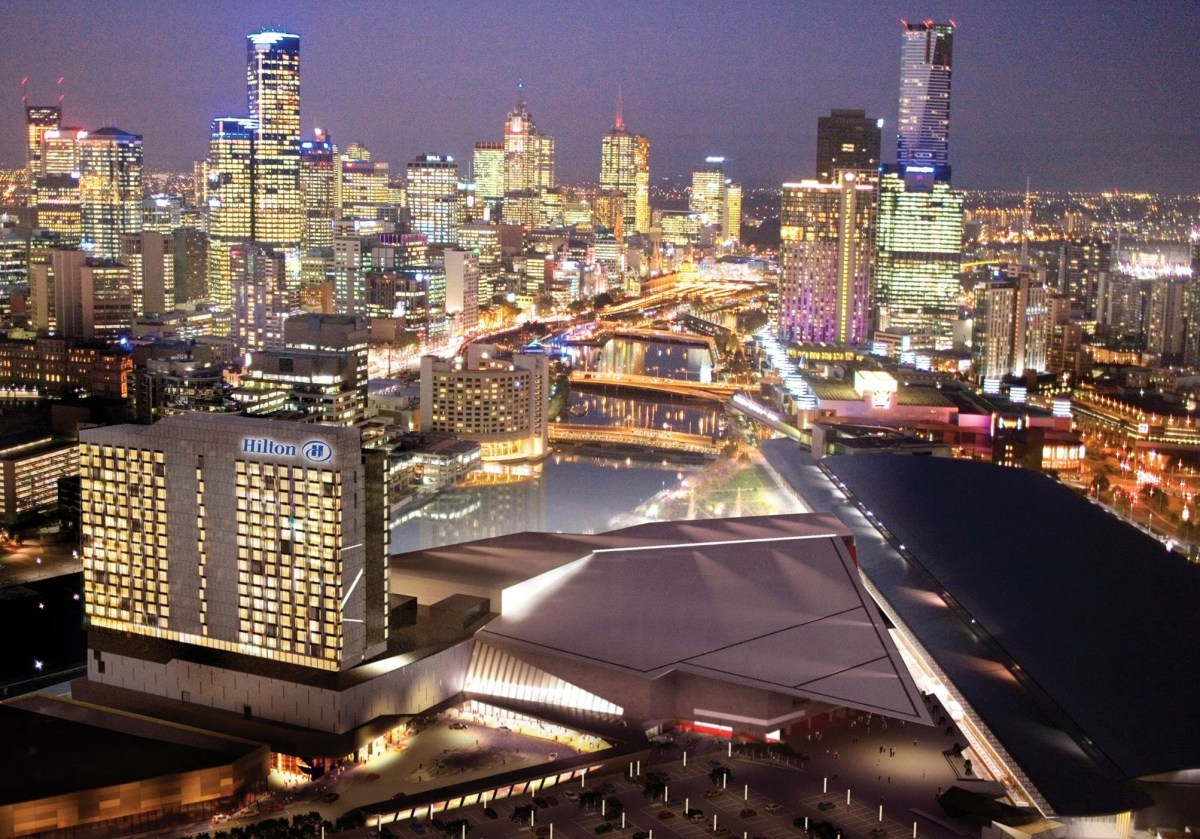
Hotel occupancy levels in Australia’s major cities are well underway to full recovery to pre-GFC levels, with Sydney the star performer according to an industry presentation today by professional services firm, Deloitte.
The Deloitte ‘Hotel Market Outlook’ report analyses the performance of the domestic accommodation sector in recent years and predicts performance for 2011 and beyond. It also reviews the economic impacts on the domestic accommodation sector.
Deloitte’s National Leader for Tourism, Hospitality and Leisure, Rutger Smits, said Australian hotels are on course to nationally record room occupancy levels of 65.6% by the end of 2011, improving from 62% as recorded by ABS Statistics for year-end 2009 and an expected 63.9% for year-end 2010. Revenue per available room (RevPAR) is expected to increase by 9.1% on average in 2011 to $97, up from AUD$89 for 2010 and $84 as recorded for 2009.
Sydney leads the way in hotel occupancy levels, closing the year with 85.6% and anticipated to reach around 87% in 2011, compared to a peak before the GFC of 82% and dropping to 78.8% in mid-2009.
On the back of expected room rate growth of 11.4% in 2011, Sydney RevPAR is expected to reach $171 by year-end 2011, significantly higher than the $136 recorded in 2009.
Melbourne and Brisbane are both expected to achieve occupancy levels towards 82% supporting double-digit rate growth, resulting in a RevPAR lift of 13-15%. Perth is expected to push occupancy to 88% with a 20% RevPAR uplift.
Smits said the Australia and Oceania hotel industry weathered the GFC better than their counterparts in other regions. Australia and Oceania’s hotels finished 2010 with occupancy levels in the mid-70s, compared to Western Europe in the mid-60s, the Middle East in the low 60s and North America in the high 50s.
Active resources market drives corporate demand
Smits said the economic outlook for Australia overall is positive, relative to the rest of the world, driven by an active resources market.
“This drives corporate demand for accommodation. In 2011, I expect average room rates in major Australian cities to see strong growth on the back of surging demand, supporting high room occupancies.”
Smits further explained that it is the prolonged absence of significant additions to accommodation supply that underpins the strong occupancy levels.
Leisure sector under pressure
The corporate sector’s rate of recovery in 2011 will not be reflected as strongly in the leisure sector, according to Smits.
“The leisure segment is currently enduring financial pressures in the domestic market, as well as unfavourable exchange rates which encourage Australians to holiday overseas and tourists to stay home or consider alternative destinations.
“Destinations such as the Gold Coast and Tropical North Queensland will remain under pressure and will find it difficult to drive significant rate growth,” he said.
The impact of recent floodings and cyclone Yasi further exacerbates this situation.
“There is a general perception of total devastation, leading to booking cancellations.
The reality is that most of the tourism infrastructure is intact and open for business, and they need every visitor they can attract.”
New supply to remain limited; good profit growth ahead
Smits commented that new supply in the accommodation space will remain very limited as land, labour and construction costs remain high.
“This is unlikely to change until profit margins in the hotel industry improve materially,” said Smits, adding that the next few years should see strong growth in hotel profitability.
He also warned that a downturn in foreign students may see the number of foreign workers in the tourism sector declining over the next few years.
“Foreign students play an important role in supporting the hotel industry and a reduction in the number available to work in this sector will add pressure to profit margins, especially in the seasonal resort sector,” Smits said.
For a copy of the ‘Hotel Market Outlook: 2010 in review; 2011 and beyond’, go to www.deloitte.com.au

